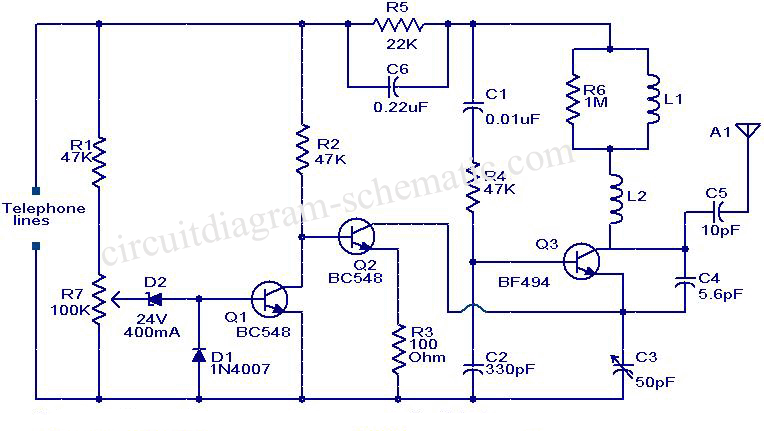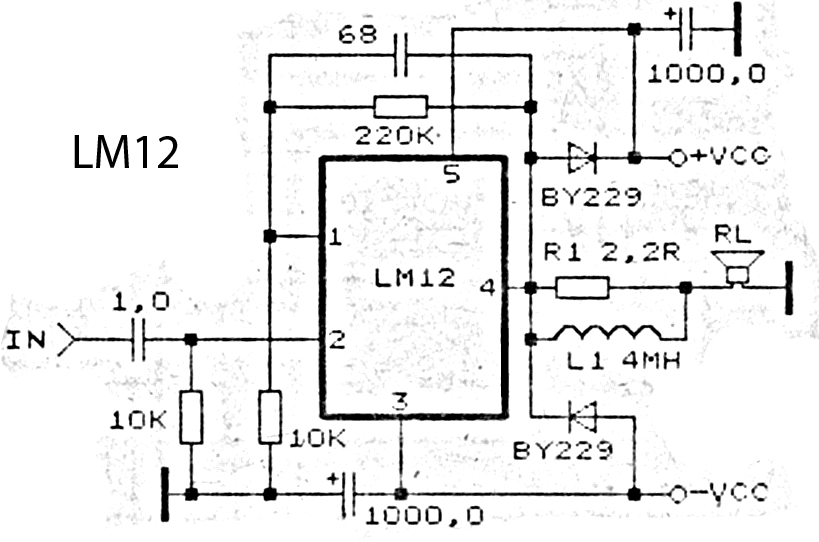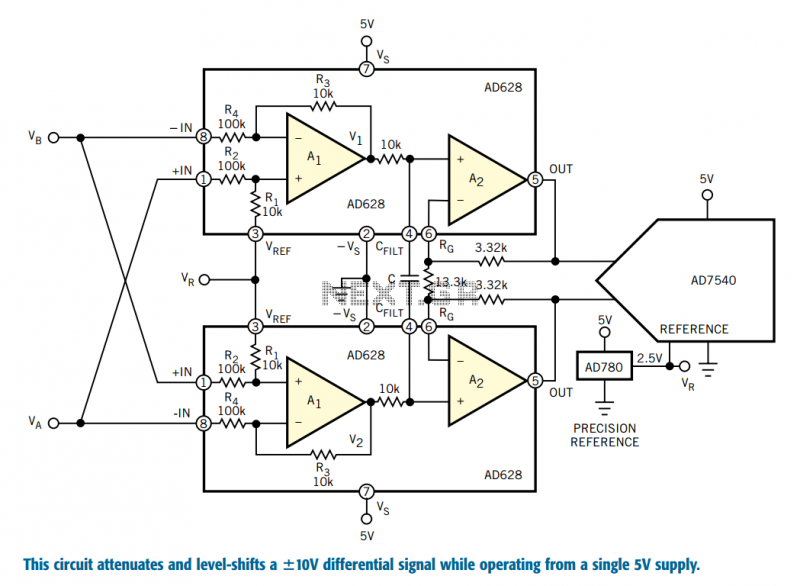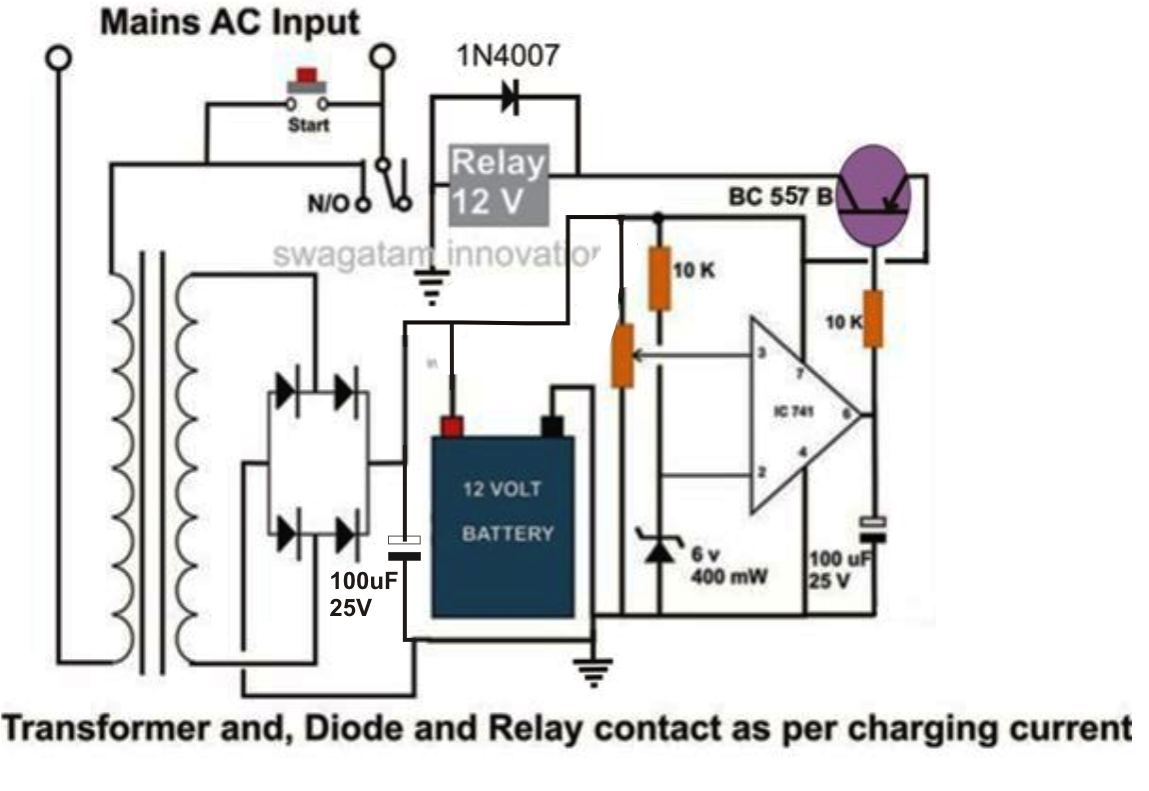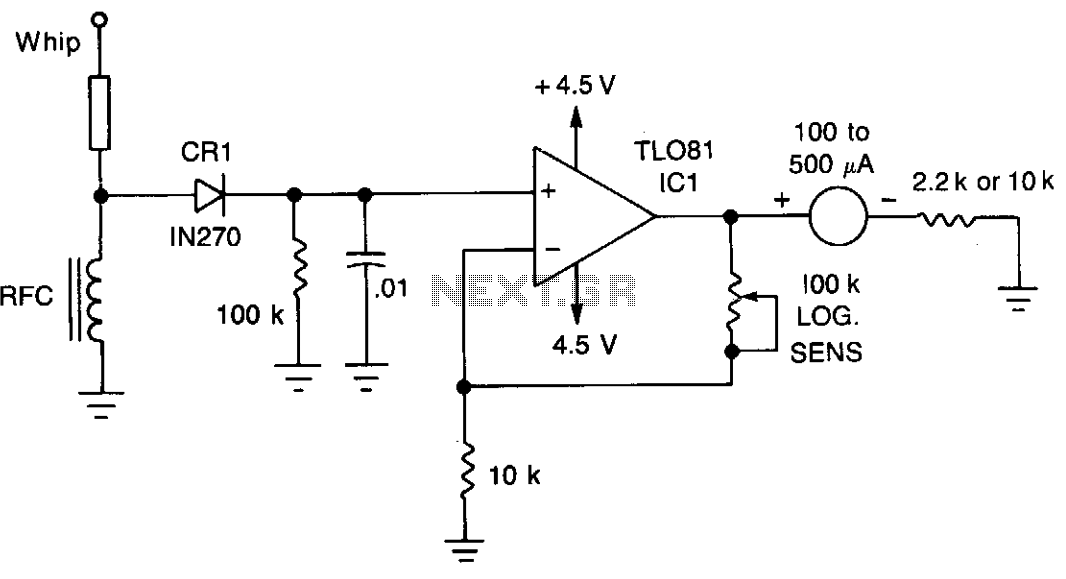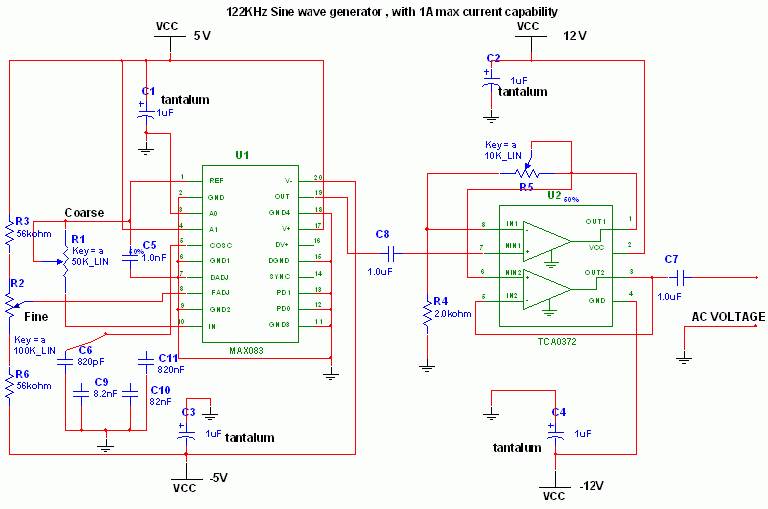
High isolation telephone ringer

The diode rectifies the ringing signal to provide operating power to the audio relaxation oscillator, which consists of L1, L2, R1, R2, and C. Additionally, L2, in conjunction with Q1, functions as an opto-isolator, effectively isolating the telephone line from the remainder of the circuit. The audio frequency generated by the oscillator is optically coupled to the photo-Darlington transistor, which drives Q2 and subsequently powers the speaker. Furthermore, the 10 µF capacitor is insufficient to completely smooth the ringing ripple, resulting in frequency modulation of the audio oscillator and producing a noticeable warble effect.
The circuit described employs a diode for rectification of the ringing signal from a telephone line, converting the alternating current (AC) voltage into a direct current (DC) voltage necessary for powering the audio relaxation oscillator. This oscillator is a critical component, comprising two inductors (L1 and L2), two resistors (R1 and R2), and a capacitor (C). The arrangement of these components determines the oscillation frequency, which is crucial for audio signal generation.
L2 serves a dual purpose in the circuit. In addition to being part of the oscillator, it also collaborates with Q1, a transistor, to form an opto-isolator. This configuration ensures electrical isolation between the telephone line and the rest of the circuit, protecting sensitive components from voltage spikes or noise present on the line. The opto-isolator utilizes light to transmit signals, thus maintaining safety and integrity within the circuit.
The output of the oscillator is optically coupled to a photo-Darlington transistor, which amplifies the signal before driving Q2, another transistor that ultimately controls the speaker. The speaker converts the electrical audio signal into sound waves, allowing the user to hear the generated audio.
The circuit's performance is influenced by the 10 µF capacitor, which is intended to smooth out any residual AC ripple from the rectified voltage. However, its capacitance value is not sufficient to eliminate all variations in the voltage supply. This inadequacy leads to frequency modulation of the audio oscillator, creating a warble effect that can be perceived as attention-getting. This modulation adds a unique characteristic to the audio output, making it more noticeable and engaging to the listener.
Overall, this circuit design effectively integrates rectification, oscillation, optical isolation, and audio amplification, demonstrating a well-coordinated approach to signal processing in electronic applications.The diode rectifies the ringing signal to supply the operating power to the audio relaxation oscillator made up of LI, L2, Rl, R2, and C. Moreover, L2 together with Ql acts as an opto-isolator, totally isolating the telephone line from the rest of the circuit.
The oscillator audio frequency is optically coupled to the photo-Darlington which drives Q2 and thus the speaker. The 10 µf capacitor is not large enough to smooth the ringing ripple completely. This results in frequency modulation of the audio oscillator giving it an attention-getting warble.
The circuit described employs a diode for rectification of the ringing signal from a telephone line, converting the alternating current (AC) voltage into a direct current (DC) voltage necessary for powering the audio relaxation oscillator. This oscillator is a critical component, comprising two inductors (L1 and L2), two resistors (R1 and R2), and a capacitor (C). The arrangement of these components determines the oscillation frequency, which is crucial for audio signal generation.
L2 serves a dual purpose in the circuit. In addition to being part of the oscillator, it also collaborates with Q1, a transistor, to form an opto-isolator. This configuration ensures electrical isolation between the telephone line and the rest of the circuit, protecting sensitive components from voltage spikes or noise present on the line. The opto-isolator utilizes light to transmit signals, thus maintaining safety and integrity within the circuit.
The output of the oscillator is optically coupled to a photo-Darlington transistor, which amplifies the signal before driving Q2, another transistor that ultimately controls the speaker. The speaker converts the electrical audio signal into sound waves, allowing the user to hear the generated audio.
The circuit's performance is influenced by the 10 µF capacitor, which is intended to smooth out any residual AC ripple from the rectified voltage. However, its capacitance value is not sufficient to eliminate all variations in the voltage supply. This inadequacy leads to frequency modulation of the audio oscillator, creating a warble effect that can be perceived as attention-getting. This modulation adds a unique characteristic to the audio output, making it more noticeable and engaging to the listener.
Overall, this circuit design effectively integrates rectification, oscillation, optical isolation, and audio amplification, demonstrating a well-coordinated approach to signal processing in electronic applications.The diode rectifies the ringing signal to supply the operating power to the audio relaxation oscillator made up of LI, L2, Rl, R2, and C. Moreover, L2 together with Ql acts as an opto-isolator, totally isolating the telephone line from the rest of the circuit.
The oscillator audio frequency is optically coupled to the photo-Darlington which drives Q2 and thus the speaker. The 10 µf capacitor is not large enough to smooth the ringing ripple completely. This results in frequency modulation of the audio oscillator giving it an attention-getting warble.
